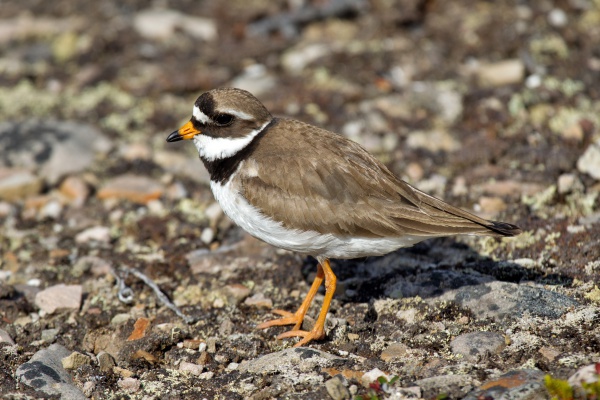Facts About Common ringed plover
The common ringed plover, often simply called the ringed plover, is a small, enchanting bird native to Arctic Eurasia. The term "Charadrius" originates from both Late Latin and Ancient Greek, associated with species frequently found in ravines and river valleys.
Adult ringed plovers measure between 17 and 19.5 centimeters in length. They exhibit a grey-brown back and wings, a white belly, and a distinctive black neckband. Their heads feature a brown cap, a white forehead, and a striking black mask around the eyes. Juvenile plovers are slightly duller in coloration and lack some of the adults' distinct markings.
These birds prefer to breed on open ground, often choosing beaches or flats in northern Eurosiberia and the Arctic regions of northeastern Canada. They nest directly on the ground in areas with sparse vegetation. As migratory birds, ringed plovers move to coastal regions as far south as Africa to spend the winter. When predators are nearby, adults will often feign injury to distract and lure the danger away from their nests.
Ringed plovers have a diverse diet that includes insects, crustaceans, and worms. They forage by sight, typically on beaches, tidal flats, and fields. There are three subspecies of common ringed plovers, which differ slightly in size and mantle coloration. These subspecies often have overlapping ranges and are protected under the Agreement on the Conservation of African-Eurasian Migratory Waterbirds (AEWA).

 Germany
Germany